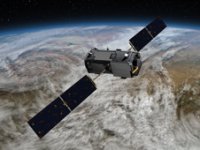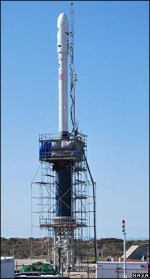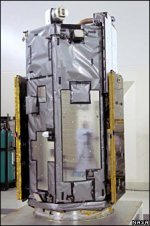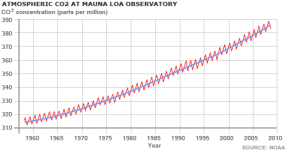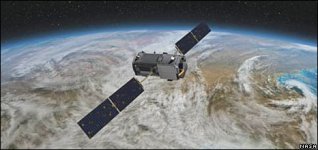NASA Launches Climate Crisis Satellite
Posted on Feb 24, 2009
NASA/JPL
NASA is about to launch a new satellite that will help scientists determine where carbon is produced and stored around the globe. Researchers are currently dependent on land-based monitoring stations that don’t provide a full picture.
NASA’s Orbiting Carbon Observatory, along with a Japanese cousin, should help us get a sense of how bad the damage is.
BBC:
This mass of information should help the OCO science team pinpoint the so-called sources (where CO2 comes from) and sinks (where CO2 is pulled out of the atmosphere by land and ocean processes, and stored) of carbon dioxide.
Scientists have calculated that Nature cycles about 330 billion tonnes of carbon every year.
Human activities put about eight billion tonnes into the atmosphere - a tiny sum in comparison but enough, say researchers, to imbalance the system and raise the global mean surface temperature of Earth.
Posted on Feb 24, 2009
NASA/JPL
NASA is about to launch a new satellite that will help scientists determine where carbon is produced and stored around the globe. Researchers are currently dependent on land-based monitoring stations that don’t provide a full picture.
NASA’s Orbiting Carbon Observatory, along with a Japanese cousin, should help us get a sense of how bad the damage is.
BBC:
This mass of information should help the OCO science team pinpoint the so-called sources (where CO2 comes from) and sinks (where CO2 is pulled out of the atmosphere by land and ocean processes, and stored) of carbon dioxide.
Scientists have calculated that Nature cycles about 330 billion tonnes of carbon every year.
Human activities put about eight billion tonnes into the atmosphere - a tiny sum in comparison but enough, say researchers, to imbalance the system and raise the global mean surface temperature of Earth.

